Record-Breaking Dow and Strong US Dollar Signal Market Optimism Ahead of Key Inflation Data | Daily Market Analysis
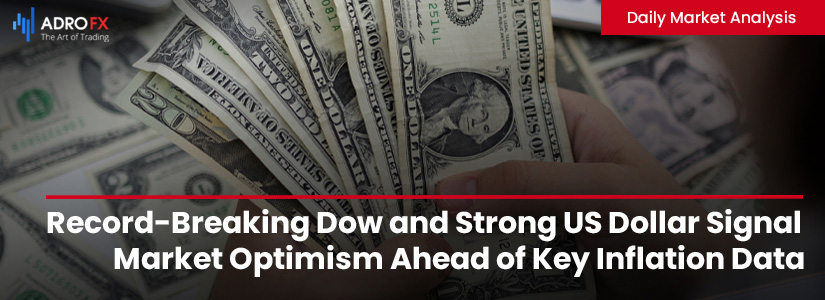
Key events:
- UK - Employment Change 3M/3M (MoM) (Sep)
- UK - Unemployment Rate (Sep)
- UK - BoE MPC Member Pill Speaks
- USA - Fed Waller Speaks
- USA - FOMC Member Kashkari Speaks
The Dow continued its rally on Monday, closing above 44,000 for the first time amid strong momentum in the stock market. Investors are eagerly awaiting key inflation data and statements from several Federal Reserve officials that could impact the near-term outlook for economic policy.
The Dow Jones Industrial Average rose by 304 points, or 0.7%, to finish at a record high of 44,293.13 earlier in the session. The S&P 500 and the NASDAQ Composite also posted slight gains, each up by 0.1%.
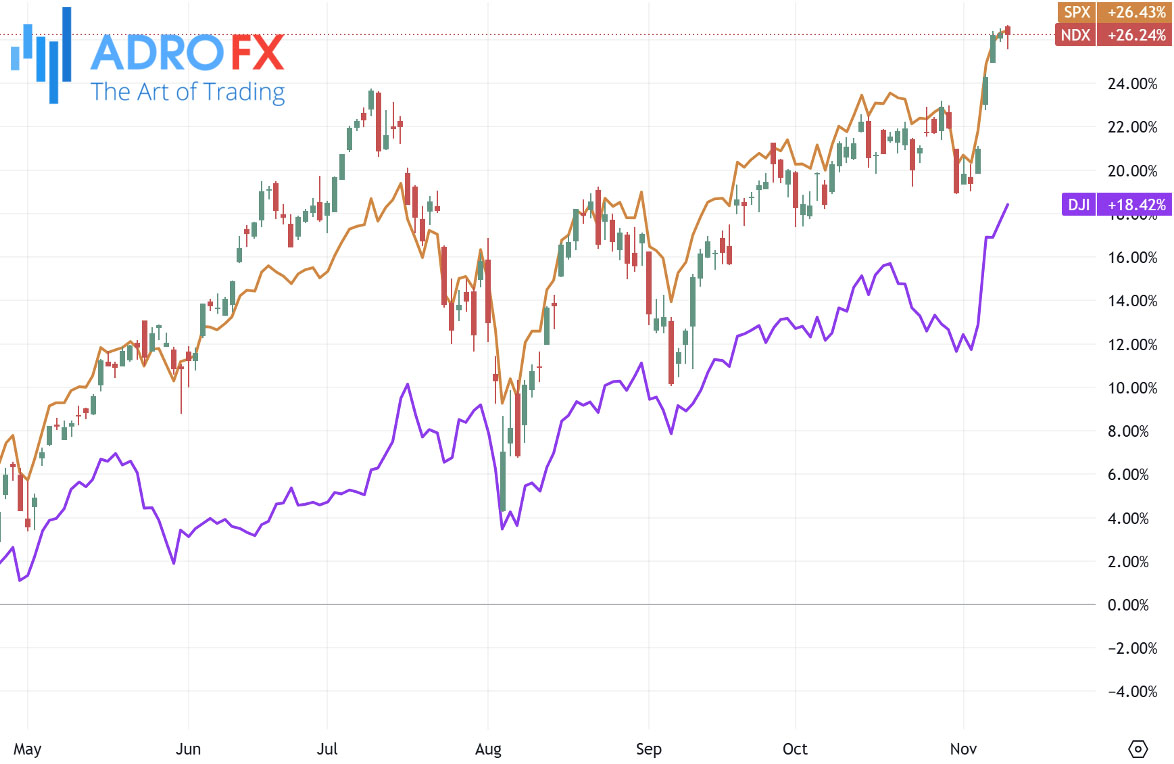
The upward momentum suggests optimism among investors, but the upcoming economic reports could bring new insights that shape expectations around inflation and potential Federal Reserve actions.
In the currency market, the Australian Dollar depreciated against the US Dollar for a third straight session on Tuesday. Proposed tariff hikes on Chinese imports by US President-Elect Donald Trump are a potential factor weighing on the AUD, as Australia is a significant trading partner with China. Tariff increases could impact Australian exports to China, affecting the AUD’s performance.
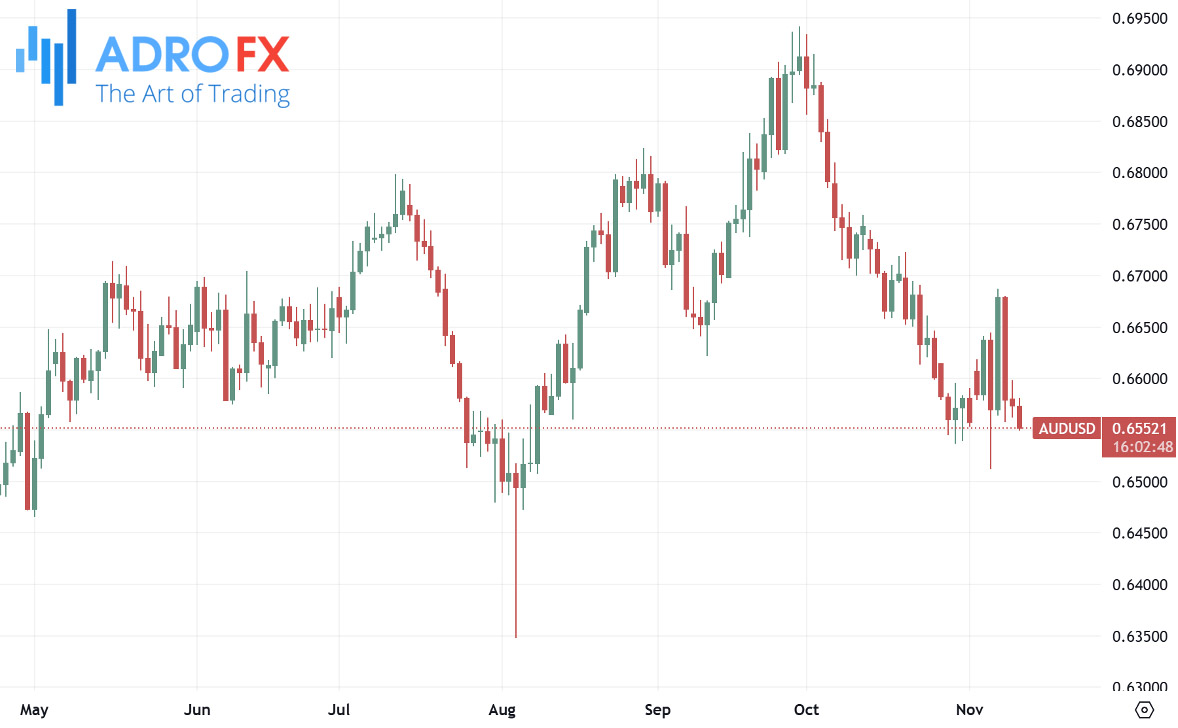
On a brighter note, Australia's Westpac Consumer Confidence index climbed by 5.3% to 94.6 in November, marking the second consecutive month of improvement and the highest level in over two years. Despite this positive trend, the index remains under the 100 mark, indicating that a majority of Australians remain cautious about the economic outlook.
The US Dollar has continued to strengthen since the election results, which confirmed Trump's win. Analysts suggest that if Trump's fiscal plans are implemented, they could stimulate investment, increase spending, and boost labor demand, potentially raising inflation. This scenario might push the Federal Reserve toward more restrictive policies to control inflation, likely bolstering the USD further and adding downward pressure on the AUD/USD pair.
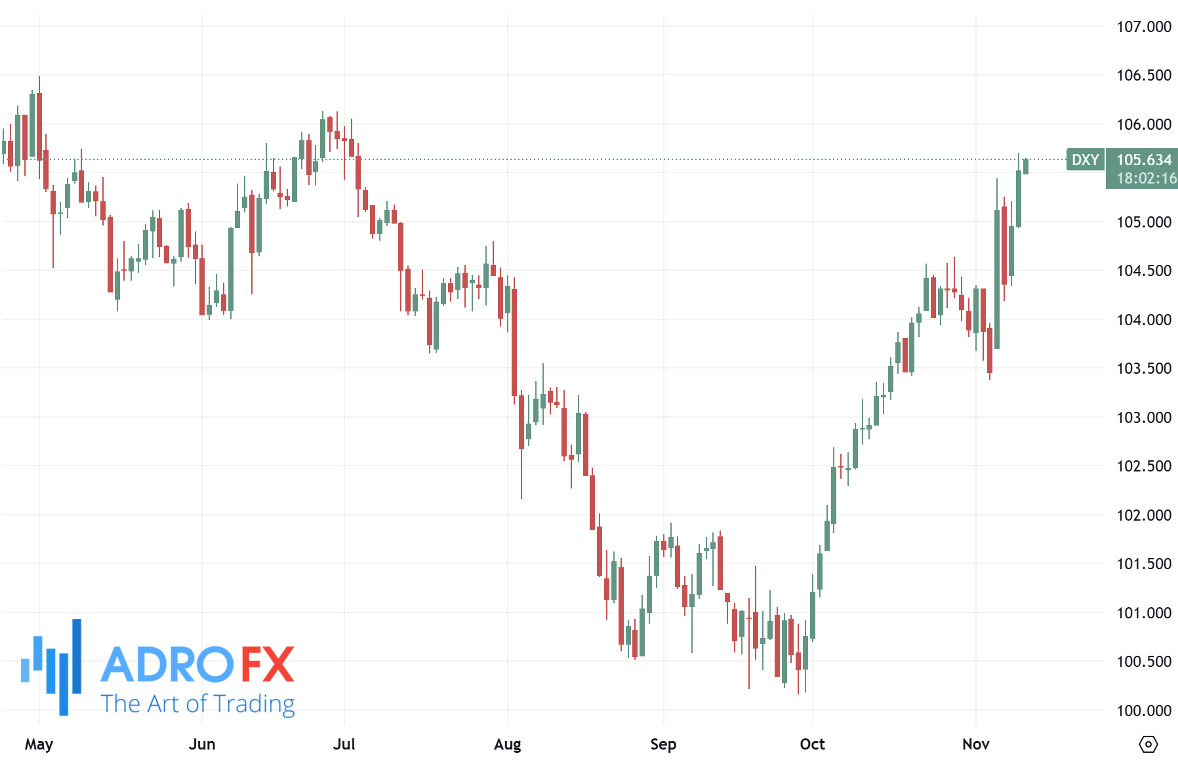
Meanwhile, the Japanese Yen saw a modest recovery, gaining around 50-60 pips against the US Dollar and bringing the USD/JPY pair to the mid-153.00 range. This movement comes amid speculation that Japanese authorities could intervene to stabilize the yen, offering support but capping any major recovery as uncertainties linger around the Bank of Japan's monetary policy stance.
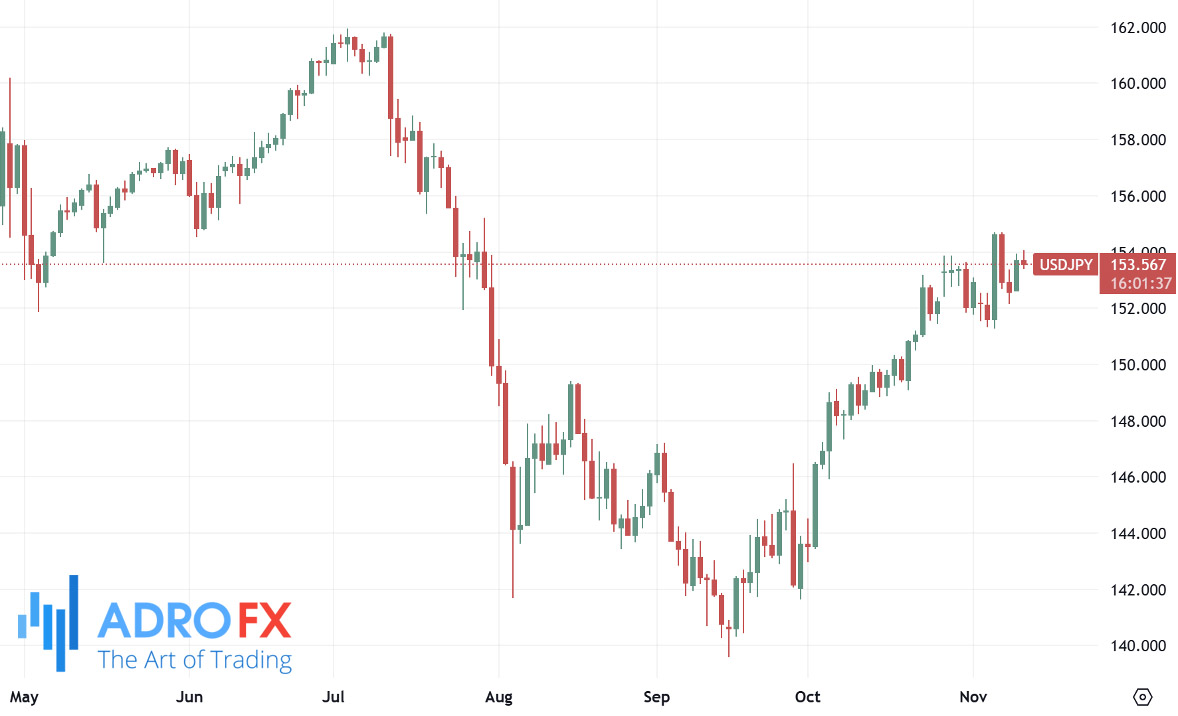
Japan’s political landscape, with a fragile minority government, complicates the BoJ's capacity to implement tighter policies. The BoJ’s Summary of Opinions from its October meeting showed that policymakers were divided over raising interest rates, adding to the uncertainty surrounding the yen. Additionally, the potential reintroduction of tariffs by Trump could weigh on the JPY, limiting its upside potential for now.
In the UK, the GBP/USD pair slipped to near 1.2840 in early European trading on Tuesday. The US Dollar remains strong amid market optimism around Trump’s policy plans. Investors are watching UK employment data due later in the day, as it could provide hints about the Bank of England's approach at its December policy meeting.
Last week, the BoE cut its key interest rate by 25 basis points to 4.75%. Governor Andrew Bailey emphasized a "gradual approach" to further easing during the press conference. Today’s job data could influence the BoE’s next move, with the unemployment rate expected to rise to 4.1% in the quarter ending September, up from 4.0% in the previous quarter. Wage growth excluding bonuses is projected at 4.7%, while earnings including bonuses are forecasted to rise by 3.9%. A stronger-than-expected report might provide short-term support for the GBP.
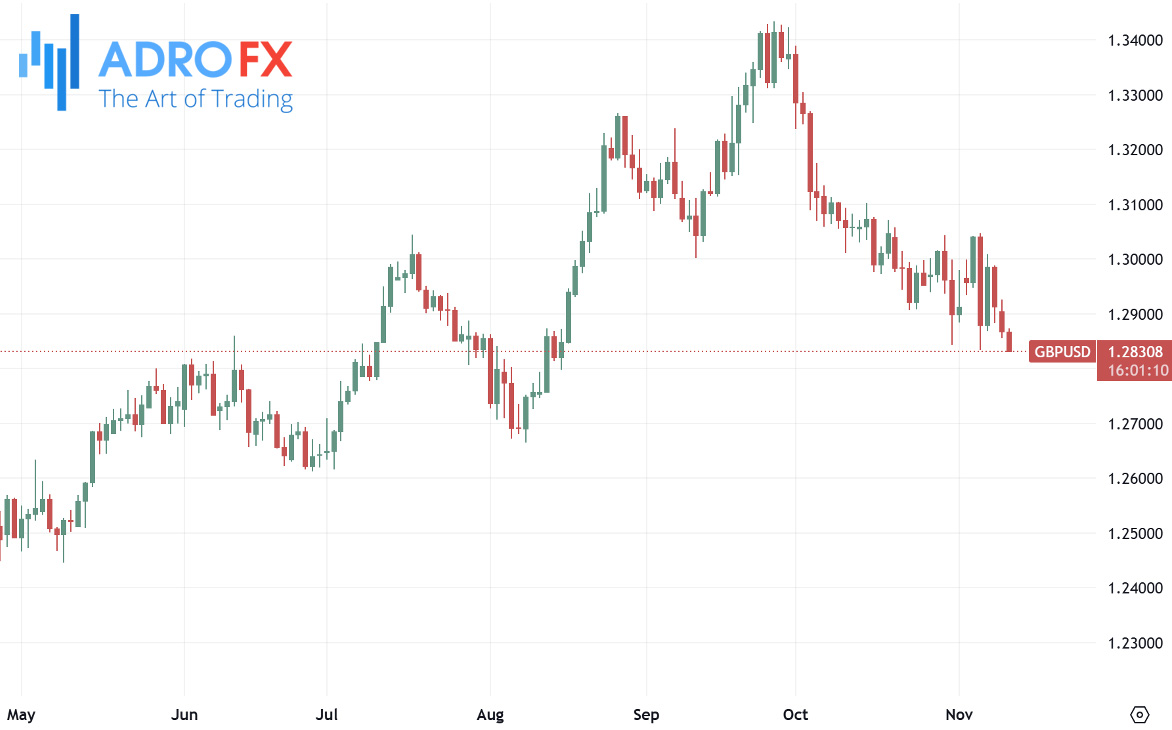
Gold traded defensively through the Asian session on Tuesday, hovering near its lowest level since October 10 after touching a recent low. The strong US Dollar, supported by optimism about Trump’s expansionary policies, is weighing on gold prices. In addition, elevated US Treasury bond yields, driven by hopes that Trump's tariff and tax cut policies will drive inflation, are further pressuring the non-yielding metal.

However, concerns that Trump’s protectionist approach might lead to trade tensions provide some support for gold, which is traditionally seen as a safe-haven asset. Traders are also anticipating the release of US inflation data on Wednesday for clues on the direction of monetary policy. The Consumer Price Index (CPI) is expected to show a 2.6% increase year-over-year for October, with core CPI projected at 3.3%. Higher-than-expected inflation could reinforce expectations of further Fed action, potentially influencing both currency and commodity markets in the days ahead.









